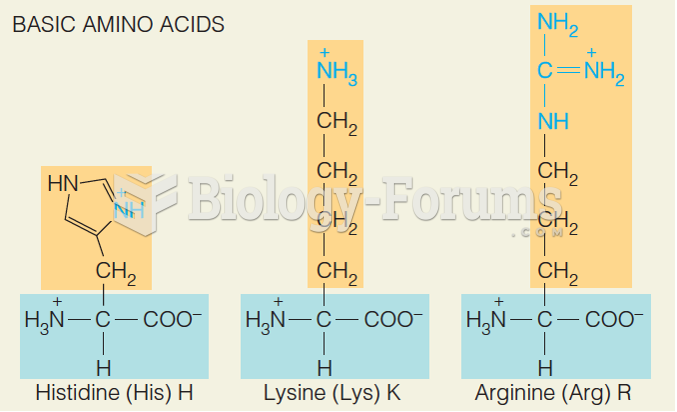Answer to Question 1
Above all, arts in the Classical Style emphasized harmonious proportion and symmetry.
In painting (mostly gleaned from decorated vases), artists refined their efforts to position figures and objects to complement the shape of the vessel and posed figures naturally. Over time, painters, by selecting and combining the most beautiful details of many different models, achieved an ideal form, free of incidental detail, meant to improve upon or perfect sensory reality.
Sculpture centered around the human figure, which also followed strict rules of proportion. To establish a canon, the artist fixed on a module, or standard of measurement, that governed the relationships between all parts of the work of art and the whole. The module was not absolute, but varied according to the subject matter. In the human body, for instance, the distance from the chin to the top of the forehead, representing one-tenth of the whole body height, constituted a module by which body measurements might be calculated. The Greek canon made active use of that principle of proportion known as symmetry, that is, correspondence of opposite parts in size, shape, or position, as is evident in the human body. Both male and female figures were portrayed in idealized form, reflecting the Hellenic regard for the human body as nature's perfect creation.
In ancient Greek architecture we also see the tenets of the Classical style. The construction of the Parthenon, for example, was governed by a module. It is likely that this module was both geometric and numerical, adhering to a specific ratio: the famous Golden Section. This ratio, which governs the proportions of the ground plan of the Parthenon and the relationship between its structural parts, represents an aesthetic ideal found in nature and in the human anatomy.
Answer to Question 2
A







